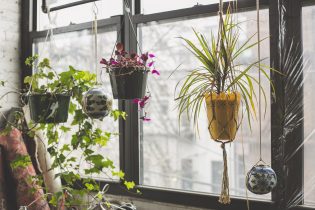6 Colorful Plants That Will Thrive on Your Balcony

Every apartment deserves bright pops of color, inside and out. These gorgeous house plants come in every shade (and every skill level); making beautiful additions to your NYC terrace. Trust me, your balcony will thank you for the facelift. Show your personality straight from your patio!
Table of Contents
Lavender
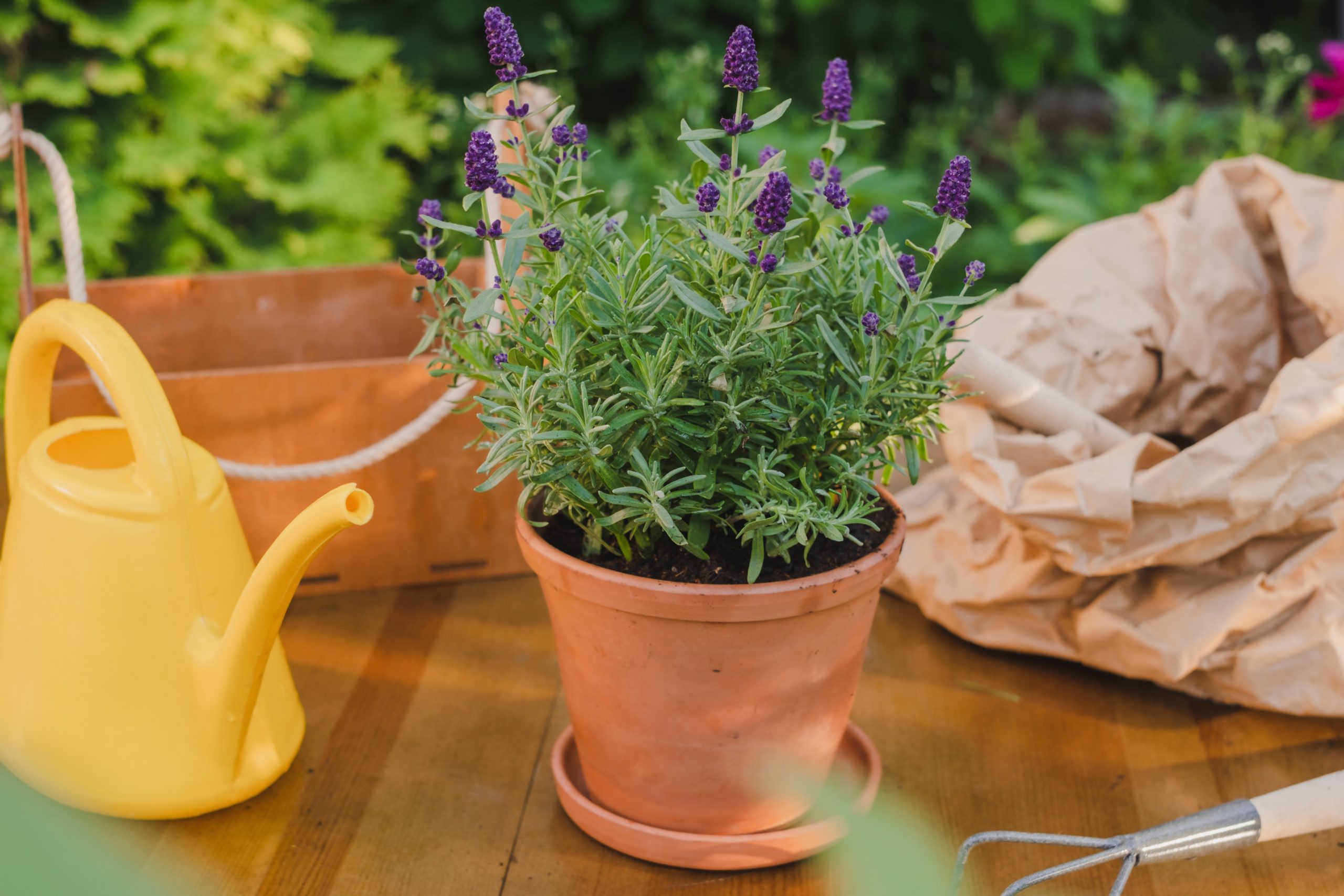
Lavender is not only known for its soothing purple color, but its wonderful scent as well. There are two popular types. English lavender produces the look one might expect, with long, signature stalks. French lavender is more fragile, with bulbous flower heads at the end of each growth. For those new to plant care, the English variation is recommended.
Whichever you choose, proper care is key to growing the gorgeous plant on your balcony.
How to Set Up and Care for Your Lavender Plant
Lavender plants have a few simple requirements for proper growth. For them to flourish on your balcony, make sure you buy a container with decent drainage capabilities. A succulent, practically sandy soil is perfect for your plant. Use perlite or pumice to foster growth.
Mix the soil and remove your lavender from its original pot. Place it in its new home, and onto your balcony. To help your plant adjust, occasionally press the soil down gently and make sure to leave the plant for one week before beginning to water it.
As long as your lavender plant is placed in full sunlight, it can thrive on your terrace. If the light conditions are proper, everything else is a piece of cake. Simply water your lavender every two to three weeks, and use fertilizer once a month during the growing season.
Growing lavender on your balcony has many benefits. When the plants bloom, their scent is familiar and calming. Some may choose to gently remove the flowers, to use around the home as a natural Febreze.
However you decide to make use of your new plant, it’s certainly a worthy addition to your terrace.
Echinacea

Echinacea is a low-maintenance plant perfect for your patio. Not only are these plants beautiful to look at, they’re pest resistant too! Some say echinacea has therapeutic properties, and the plant is known for its signature purple coneflower. It can grow upwards of four feet tall, and will look gorgeous displayed on your balcony for all the world (or just your nosy neighbors) to admire.
How to Set Up and Care for Your Echinacea
Echinacea, or the “coneflower,” grows best in the spring when fresh rainfall is most common. They are found in the American East, and can be kept on your balcony with ease. In NYC, our summers are the perfect temperature for sustaining a coneflower. They require a season with temperatures anywhere between seventy and ninety degrees fahrenheit to flourish.
Echinacea is intended for outdoor growth only, and tends to not fare well indoors. On a patio, their success rate is relatively high. Coneflowers are not big fans of shade. Make sure they’re placed where sunlight beams most directly on to your balcony.
Presuming you’re buying your cornflower when it’s already begun to sprout, simply water it once a day around the base of its container–thoroughly soaking the soil. If it’s raining, there’s no need to oversaturate. Allow Mother Nature to babysit your flower.
If your coneflower is fully grown, only water when absolutely necessary. In this way, they’re the perfect low maintenance choice.
If you’re interested in growing your echinacea from a seed, use this quick guide to learn how–(if your patio has a little manmade garden of its own.)
Black-Eyed Susan
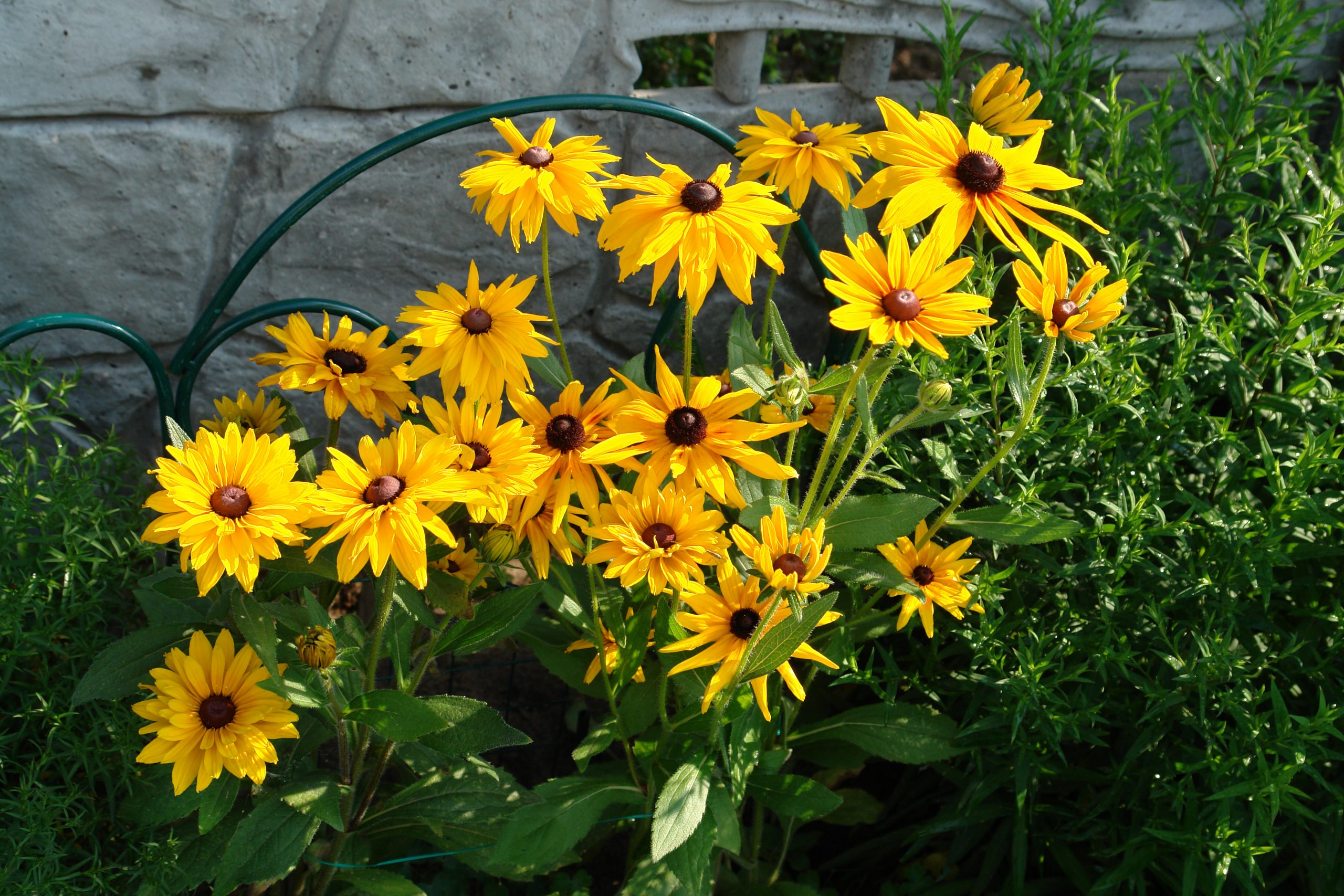
The black-eyed susan is a great plant for your NYC terrace. These plants have been a staple in home gardens for as long as any plant lovers can remember. Adding them to your patio will give the space some personality all summer long.
How to Set Up and Care For Your Black-Eyed Susan
After placing your newly purchased plant in its new container, make sure you move it into direct sunlight. This is key to the flower’s survival.
These plants aren’t picky, and can do well in any standard soil mix. Just make sure the soil is rich, and don’t provide a pot with too much drainage.
In the summer, make sure to water your flowers regularly. As they grow, they will become drought-resistant. Black-eyed susans prefers temperatures of sixty degrees Fahrenheit or more, making them totally equipped to handle a NYC June.
The best part of growing black-eyed susans? They attract pollinators like butterflies and bees, straight to your balcony. It’ll truly give your patio a real ‘garden feel.’
Aloe Vera

Aloe Vera is a beautiful, green plant that has many great qualities. The gel it produces has many health benefits, and is known as a natural healer. Directly apply it to hair and skin, and reap its many gifts. Aloe Vera is particularly known to treat sunburns, and having one growing on your patio is certainly a plus in those scalding Summer months.
How to Set Up and Care For Your Aloe Vera Plant
Many compare aloe vera to cacti, as they thrive in hotter climates. Ensure your terrace is fifty degrees minimum, but aim for a warmer space. Aloe vera is intended for summer growth, and needs to be placed in the hottest and driest part of your patio.
The more sunlight your plant is exposed to, the better it will grow. Placed in a dark and shady nook on your balcony, odds are the plant will cease to flourish.
Yes, you could intentionally keep it in a darker spot to inhibit it from growing out of hand. But why not do the opposite? Propagate your aloe vera when it’s grown to extremes and share its soothing gel with family and friends.
Just like the cactus it’s compared to, aloe vera asks for little in the water department. Leave the soil just how they like it; bone dry and warm to the touch. Only water your plant when it’s been exceptionally dry for a few days, to start the process all over again. When you decide to water this balcony-friendly plant, make sure to do so in excess. This will ensure it reaches the roots below.
Petunias
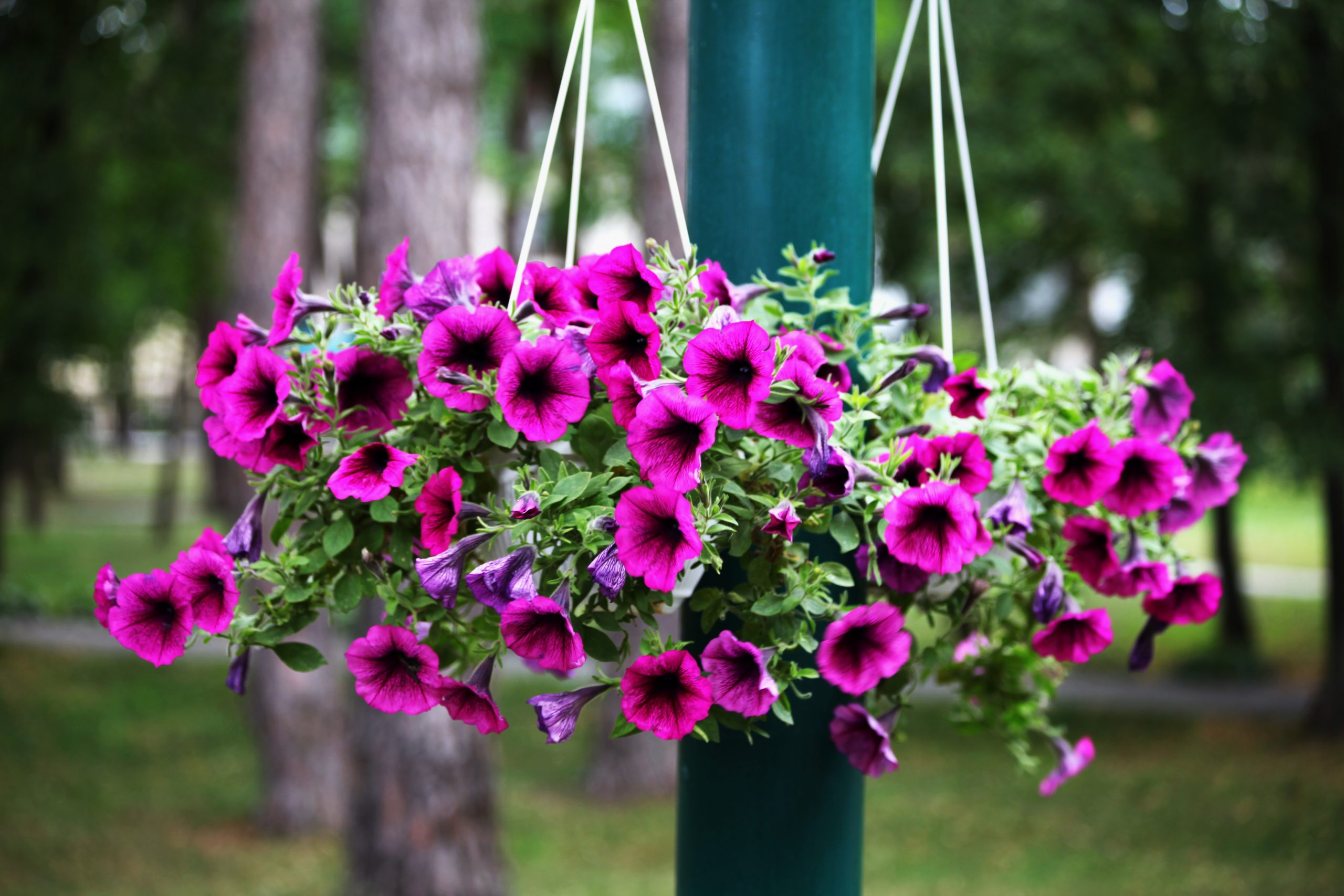
Petunias flower in the summer heat. They’re wonderful to look at, with purple and white blooms at the end of each stalk. (Pop of color you’re looking for–secured!) Simply purchase some at your local plant shop and let them decorate your patio. They can be hung in a basket, or grown in a pot. However you choose to raise your petunia will be perfect; as long as you follow some simple rules.
How to Set Up and Care For Your Petunias
Petunias prefer humus-rich soil, and the mixture must be loose and absorbent. Water your plant regularly, ensuring the top layer of soil is adequately moist. Petunias must be ‘fed’ every seven to ten days with fertilizer. Alternate between organically based and ‘complete’ fertilizer–all of which you can buy at your local plant shop.
Where you place your petunias is key, as certain spots on your patio may be harmful for its success. Make sure you choose a well-lit area, but avoid any wind-prone corners when possible. In New York, our summers are great for petunia growth, as it rarely reaches the scorching temperatures found in the Midwest. Petunias love the sun but, just like us, too much is too much.
Hanging Fuschia
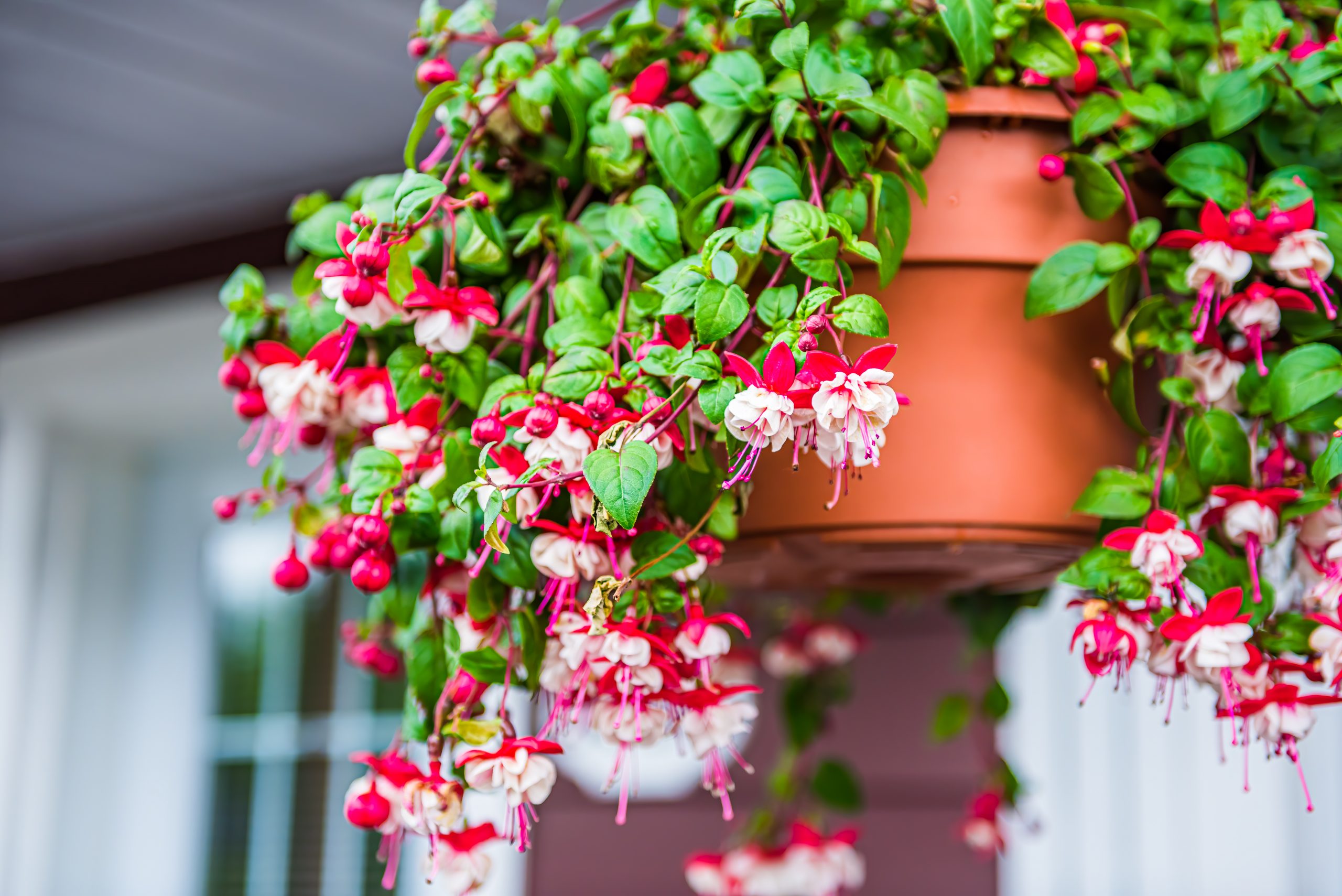
Hanging plants are perfect for sprucing up your balcony, providing a unique (and visible) pop of color from above. Fuschia is no exception. Their peak bloom time is mid March to early April, and they’re very desirable houseguests; asking for very little during their stay.
How to Set Up and Care for Your Hanging Fuschia
Hanging fuschia plants require frequent watering, and there’s a simple way to test when they’re in need of refreshment. Stick your finger into the soil bed to check how damp it is. If it feels dry, water the plant in moderation. This will be a rather regular affair.
Hanging fuschias can be kept on balconies that are large, small, and everything in between. Unlike some of their counterparts, Hanging fuschia thrives off of shade. When kept on a patio, find the shadiest nook or corner to mount your plant.
If temperatures rise over eighty degrees fahrenheit, temporarily move your plant indoors. During the spring months, these plants survive perfectly well outside.
Hanging fuschias must be fertilized once a month, to promote healthy growth.
Certain variations of fuschia can be hung outdoors all season long, if you are worried about intense weather of any kind.
Don’t Have a Balcony? Don’t Stress!
These options are perfect for apartments with low light. They’re total survivors and are ready to kick off your plant parenting journey with you.
Start your search at any one of these local NYC plant shops:
- Categories:
